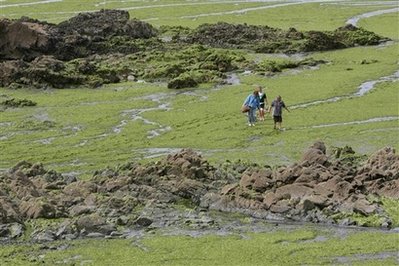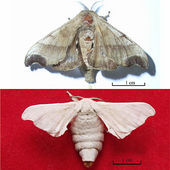
© US Geological Survey
Saturday, August 29, 2009 at 10:11:17 UTC
Saturday, August 29, 2009 at 01:11:17 AM at epicenter
Location:
43.939°N, 128.464°W
Depth:
10 km (6.2 miles) set by location program
Distances:
339 km (211 miles) WNW (287°) from Bandon, OR
341 km (212 miles) WNW (283°) from Barview, OR
345 km (214 miles) W (276°) from Winchester Bay, OR
424 km (263 miles) NW (306°) from Crescent City, CA
492 km (306 miles) WSW (251°) from Portland, OR


